My son and daughter-in-law's Wedding Celebration was perfect, and the happy couple have stepped joyfully into their new life together. Thank you all so much for your Best Wishes! The flowers shown here are for another bride and groom, who were married in early July. In large part the material in the compositions came from my gardens, with exception to the locally grown lilies and spray roses from far away. It is delightful to have a client who loves free artistic style with a touch of wildness.
My barn studio is not air-conditioned as yet, so I opted to work in the little studio which is very comfortable for humans and flowers during a heat wave. The claw-foot tub was over flowing with flowers earlier.
The Cotinus (Smoke bush), Hydrangea, Wisteria and Grasses help make this a rather wild and romantic piece for the dessert table at the Amherst Woman's Club. When I began flower arranging nearly thirty years ago, this was more the style I did. There was more the feeling of a garden with fewer flowers . . . allowing room for hummingbirds to fly . . . though a hummer would have trouble getting through this thicket of greens and flowers. I love how the Wisteria seed pods offer a bit of magic to the arrangement. Seed pods also offer hope for the future, a fitting send off for a bride and groom. Vases or vessels are most important in any arrangement, but when working with a budget many clients just choose simple, clear glass.

I have been able to retreat and rest for the last two weeks and, alas, have not spent much time in the gardens, though I can see them from the house and studio. I have enjoyed the moods, mist and light in nature, while mostly remaining removed from it. This is a bit of a heart ache and I have not known how to post about this. My land is my life but of late nature has offered me a difficult challenge.

My mind is somewhat like this foggy landscape. There is a touch of the tragic with magic and mystery in the mist and folds of thoughts that try to embrace a new reality of farming and gardening in New England. Our shorter warmer winters have encouraged more parasitic arachnids to the gardens, most disturbing is the Ixodes scapularis or Deer Tick. Do not be confused by the name Deer Tick, as any mammal, as well as, birds can and do carry the little buggers. Rabbits are my main problem . . . both in bringing the ticks into the garden and for eating all my veggies and container plants. Oh, they eat everything and especially go for newly planted annuals. There is nothing particularly magical about any of this, only I must conjure up something so that I may coexist in health and happiness with all these new visitors to our shared habitat.

The magic is in Nature and even in being sensible. Wearing all white with socks pulled over pants allows tiny black forms . . . that would have been hard to see . . . to appear miraculously.


Still, when confronting larger numbers one is likely to run out of luck and chance to miss some of the creatures along their course of purpose. Theirs is a steadfast purpose and they are very durable. Gardening in 2010 brings me into contact daily with ticks. I am feeling isolated from my gardens, from a way of life I have known most of the thirty plus years of living here. It reminds me of the time, when I was attacked by a rabid raccoon down in the forest. A sacred, safe place to me, where I would spend hours during each week, sitting beneath tall trees reading, writing, listening and napping. The serenity and safety was shattered with the horrid expression of the sick, snarling animal trying desperately to bite me, while I held it off with a young sapling my son was luckily using as a walking stick.

Nature offers challenges to all it's inhabitants. Our hands are not clean in these changes, for humankind is creating changes in our climate and environment through our lifestyle choices that are harmful to all of our earth's beings . . . to our mother earth herself.

I feel much like these magical metamorphosing Monarch caterpillars now re-forming within their beautiful chrysalises. I am waiting and trying to rethink and recreate a way of being with the land I love. Trying not to fear it but to gear-up before entering it. Having to let go of the freedom I once had of just running out barefoot spontaneously engaging. Truly there is a heartbreak in this change. This reality is not just here in New England, for I drove all the way to North Carolina and went outside of Charlotte to local flower growers, who said they did not have problems with ticks and guess what! I did indeed attract a tick! Though I did check and check . . . they are so cheeky and sneaky. I found it attached right before I had to go to the rehearsal dinner. I made it through the wedding and home in time . . . just in time . . . before becoming very ill from it's gift of spirochetes . . . pronounced spiro KEATS . . . like the poet . . . and no . . . I do not see the poetic justice here. I know I should have called my doctor and taken a mega dose of antibiotic, but the clock was ticking away and I was in the middle of one of the most important life events for my son. It was truly a marathon getting everything done in time.
To all my gardening friends and nature lovers . . . please educate yourselves about these harmful critters. Do not be afraid of them, for they can only hurt us when attached. You can easily pick one up and hold it between your fingers . . . then throw them in alcohol or soapy water to drown them. I find
JOANNE'S COTTAGE GARDEN blog to be amazingly helpful . . . after enjoying her fabulous gardens, check out her right column for all the information on Lyme. Joanne is also very generous with her knowledge and understanding. Lyme is an epidemic worldwide and very misunderstood in it's diagnosis and treatment. It has been hard not visiting your blogs or posting here myself. I feel I shall emerge soon from my retreat into this self made chrysalis and fly out restored into my love of life, gardening and blogging.
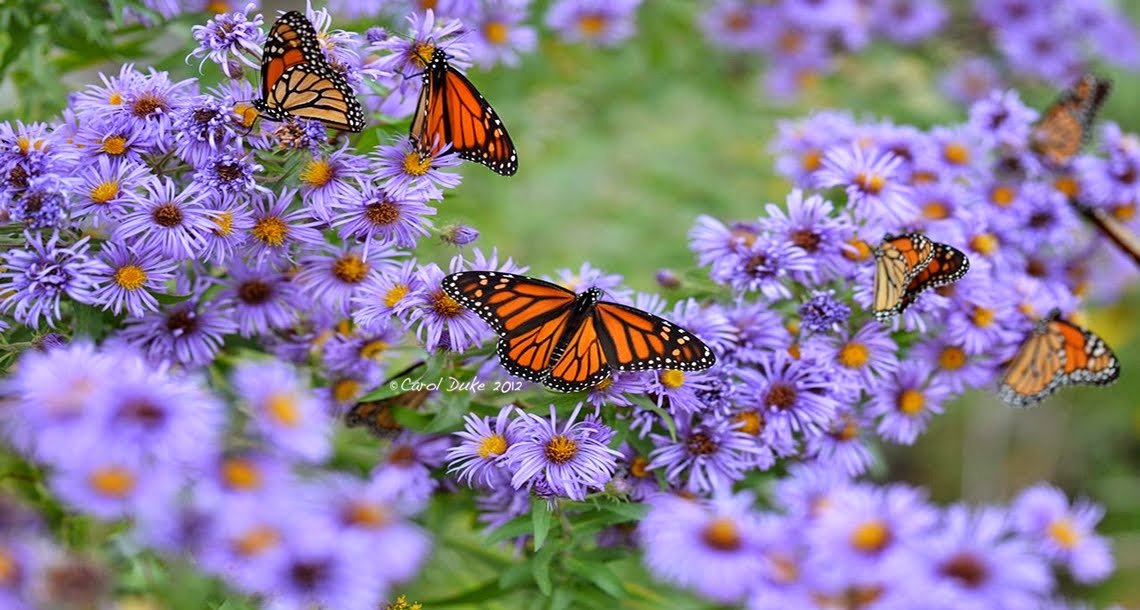



























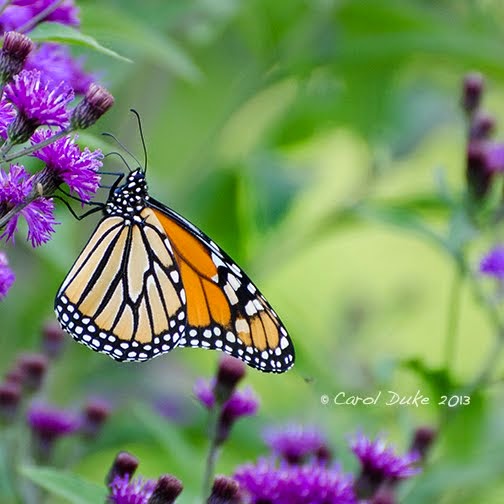

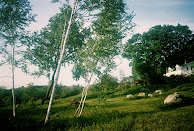

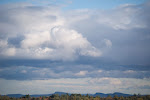





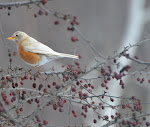













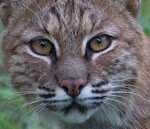




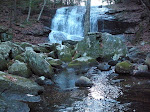


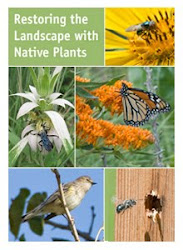











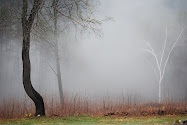












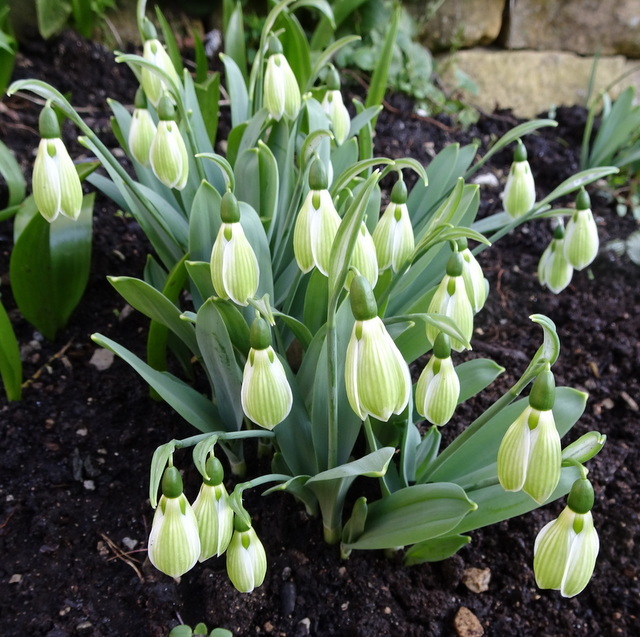




































.png)






















